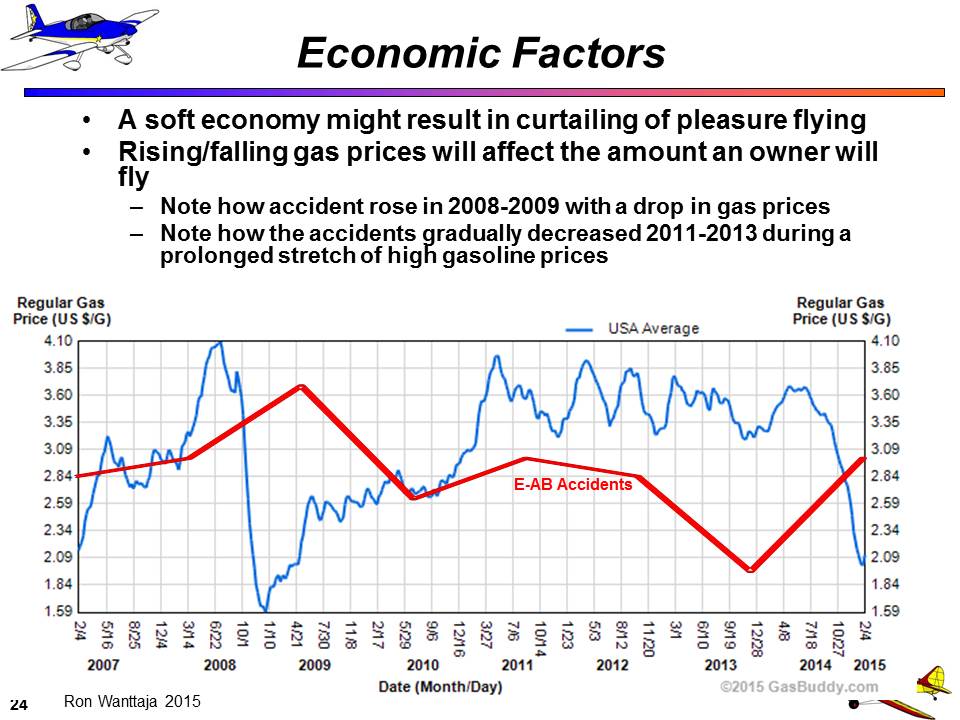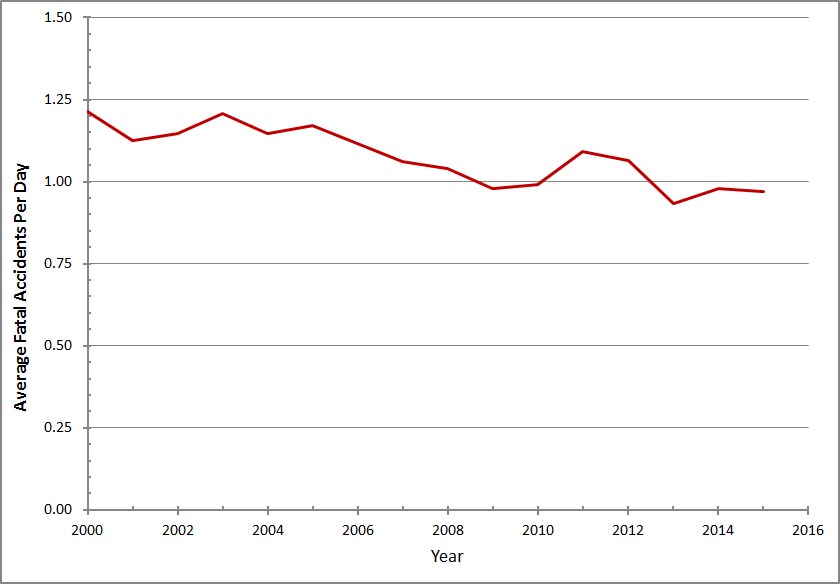Maui Cirrus CFII
Ejection Handle Pulled
According to the NTSB data, we are currently running 1 Fatal accident every 3 days since the beginning of 2017. This is a serious problem.
I am starting a bi weekly NTSB accident synopsis emailer. http://bit.ly/2m8V1Nm
If you would like to receive updated newsletters on NTSB accident synopsis, please click the link below. You may always unsubscribe without any hassle.
http://eepurl.com/cFL3hD
I am starting a bi weekly NTSB accident synopsis emailer. http://bit.ly/2m8V1Nm
If you would like to receive updated newsletters on NTSB accident synopsis, please click the link below. You may always unsubscribe without any hassle.
http://eepurl.com/cFL3hD





